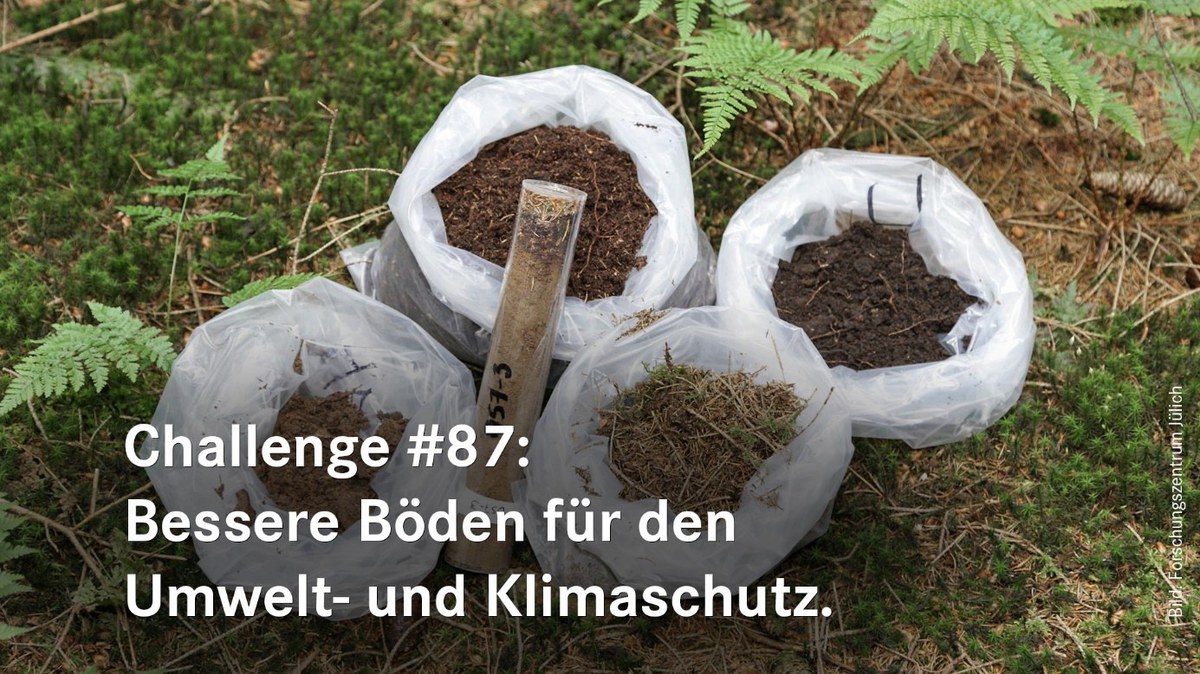Helmholtz Challenge Soil: Using the functions of soil for environmental and climate protection
On the occasion of the 200th birthday of its namesake, Hermann von Helmholtz, the Helmholtz Association will be presenting piece by piece over the course of the year 200 great scientific challenges of our time - the
Challenges
, that its researchers work on every day. For World Soil Day on 5 December,Challenge #87 Better Soils for Environmental and Climate Protection
was published, which is represented by the research of IBG-3.Soils store immense amounts of carbon and provide important functions of water and nutrient supply. At IBG-3, we measure and simulate these resources and develop strategies to manage soils better and more sustainably.

Soils play an important role in the Earth's climate balance, because they store large amounts of carbon - together they store even more than the atmosphere and the entire vegetation on Earth together. But degraded or mismanaged soils can also become sources of greenhouse gases: They then release more carbon than they store.
The most important way to increase the amount of carbon in the soil is to put more organic material into the soil than is decomposed: by adding manure, compost or plant charcoal, and by increasing plant growth. The more that grows on the soil, the better its rooting. And widely branching roots store lots of carbon.
But soils also play a crucial role as water reservoirs and buffers and thus influence the interactions between the subsoil and the atmosphere. To make it easier for farmers and hobby gardeners to decide whether and how much to irrigate their soils during a drought, our researchers have developed simulation models and tools such as the
water monitor
for Germany. It can also predict critical system conditions that can contribute to flooding.For sustainable, climate-smart agriculture, we also study the interactions between plants, soil and microorganisms and develop recommendations on when and how soils should be managed and fertilised - allowing plants to make better use of nutrients while maintaining or even increasing their productivity and quality. And environmental pollution and greenhouse gas emissions are reduced at the same time.
